On cold December weekends in Bethlehem, you may notice a crowd waiting in line to enter the Central Moravian Church, the sound of brass instrumentals escaping from the upper bell tower.
The Moravian Vesper Service began as a small gathering of students, faculty, and staff in Peter Hall on or around Christmas Eve in 1895. This service was hosted and only attended by students of Moravian College for Women and the Women’s Theological Seminary.
However, many students missed these programs since they occurred over Winter Break, and many had to travel home. This encouraged Dr. Max Hark, Principal of the Moravian Seminary for Young Ladies, beginning in 1893, to create a new version of this Moravian tradition for students so they could enjoy the Vesper ceremony before returning home to their families.
Once an intimate one-evening event, Vespers has expanded to a six-night display with the Moravian choir, band, and student volunteers as ushers and candle servers. The people involved and the songs sung may alter by years, but the tradition of bringing the Moravian community together has remained the same.
The Moravian Church’s Christmas Eve Candlelight Service began in Marienborn, Germany, in 1747 before being adopted by Moravians in Bethlehem in 1756. The service combines two traditional Moravian Church worship forms: the Singstunde and the Candlelight Service.
The Moravian Singstunde dates back to the 1720s and is a music-centric service without preaching. The Vespers service selects and arranges music to convey the Christmas message without a sermon, showcasing the church’s renowned worshipful singing.
Originating in 1747 in Marienborn, Germany, the Moravian Christmas Eve Candlelight Service became a cherished tradition. Bethlehem’s inaugural candle service occurred in 1756, where volunteers distributed candles with red trimming, which remain a staple in the service to this day.
The “Morning Star” hymn was composed in 1836 by Francis Florentine Hagen, a member of the Moravian Theological Seminary Class of 1835, and is traditionally performed with a child soloist. Moravian faculty, staff, choir alumni and their children have the opportunity to audition for the coveted role of the Vesper Soloist for “Morning Star.”
Over the years, Moravian College for Women students were allowed to bring a guest to join in The Christmas Candle Service if space permits. However, in Dec. 1927, they invited all men from the Moravian College and Theological Seminary to join them. The male students enjoyed the service so much that they decided to adopt the tradition themselves.
The Moravian College and Theological Seminary for Men and the Moravian Seminary and College for Women were separate institutions for many years, and their Vesper services were likewise held separately in two locations. However, after the merger of the two colleges in 1954, Music Director Richard “Dick” Schantz combined the Glee Clubs of both schools to establish the Moravian College Choir. By doing this, he unified the College Vesper services in 1957, hosting them under one roof the same night.
However, the single church service didn’t last long. The Vespers gained immense popularity, leading to an increase in the number of services, first increasing by one more night in 1961, then doubling to host four different nights by 1970. The Central Moravian Church interior was reconfigured within that same year to accommodate up to 836 attendees each night.
By 1971, Vespers expanded to five services, spread over two weeks. In 1986, the church underwent further reconfiguration to seat up to 1,000 attendees each night, and the event was extended to six services, a format that has been maintained since then.
Despite the increased number of services and available seats, Moravian University Christmas Vespers consistently draws a full house, with tickets highly sought after. Each year, the University and the music department receive numerous letters from alumni and community members requesting tickets, and it’s not uncommon to find personal ads in the newspaper from individuals willing to pay for them.
Over the years, this discrepancy between supply and demand has prompted some to question why they don’t add more services or charge for tickets to meet the demand. However, the University has relayed that the Vesper service is a worshipful event, not a show or concert, and no one has sought to profit from the occasion, nor do they desire to do so.
In addition, the service is primarily organized by the University for the university community. The choir mainly comprises students who are typically exhausted from balancing rehearsals with the demands of final papers and exams by the time Vespers arrives.
As for the title of “Vesper,” the word itself means evening prayer, or the last service of the day, often held around 6 p.m. Sometimes, the bell that calls the congregation to worship is also known as “the vesper.” The service was initially called “The Christmas Candle Service” and was a one-day event held during daylight. It was not until 1910 that students at Moravian Seminary for Young Ladies began referring to the service as the Vesper Service.


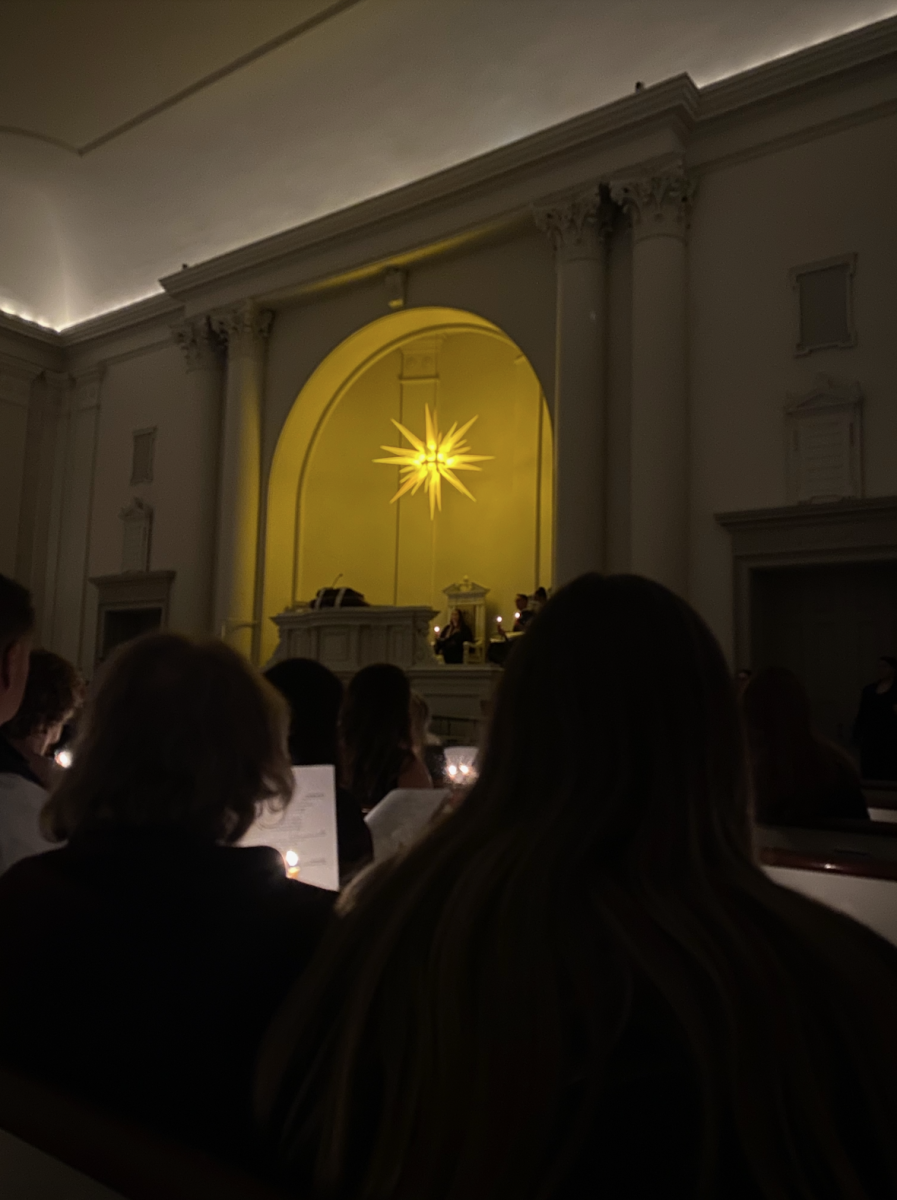

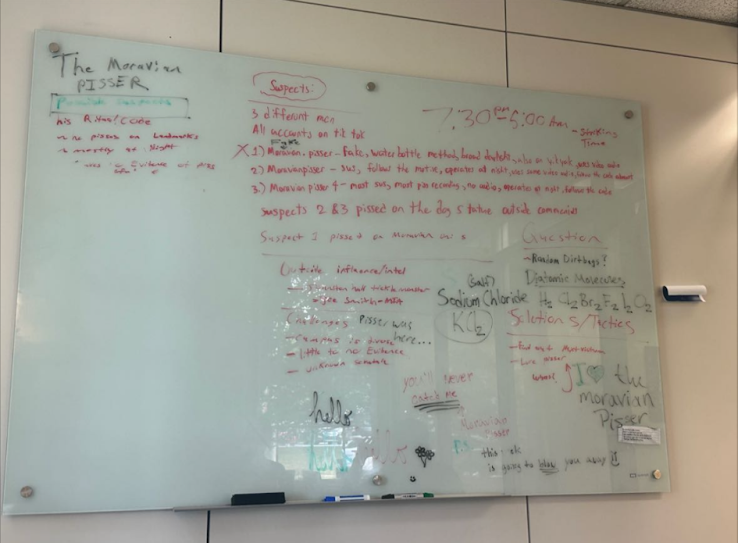

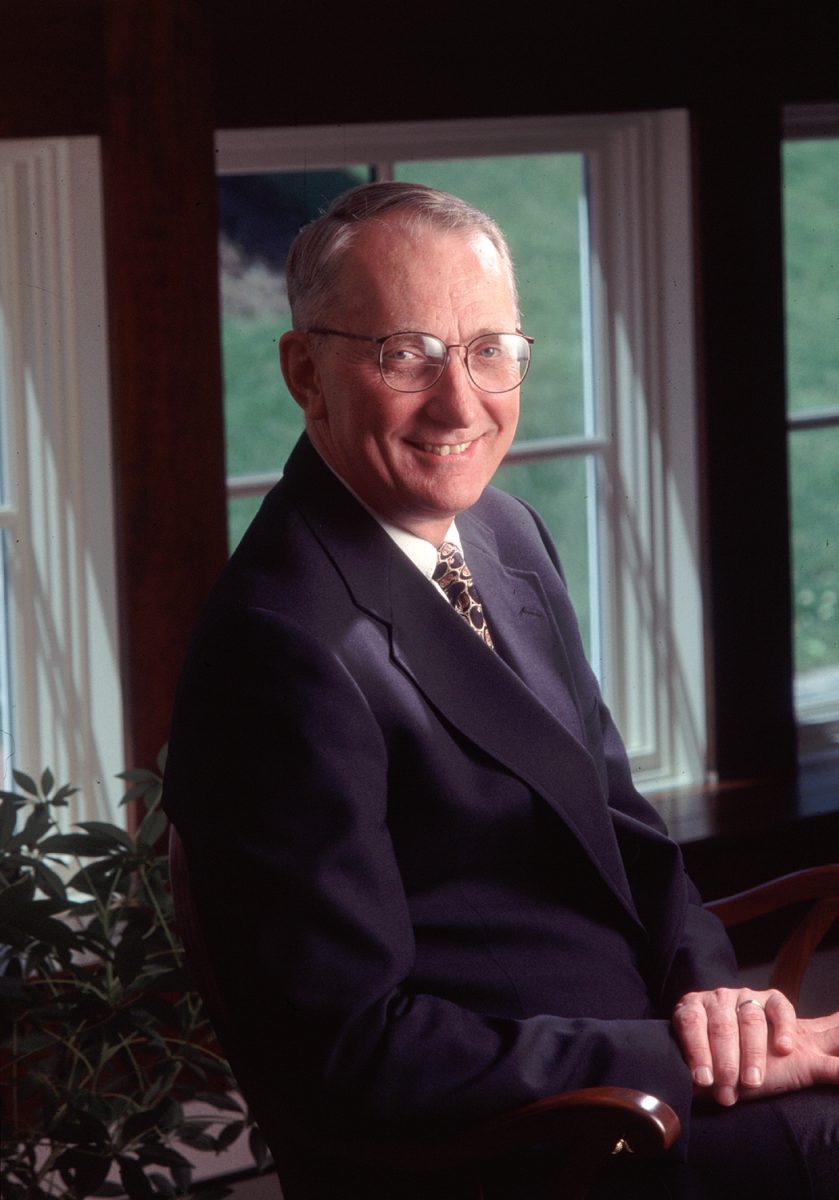
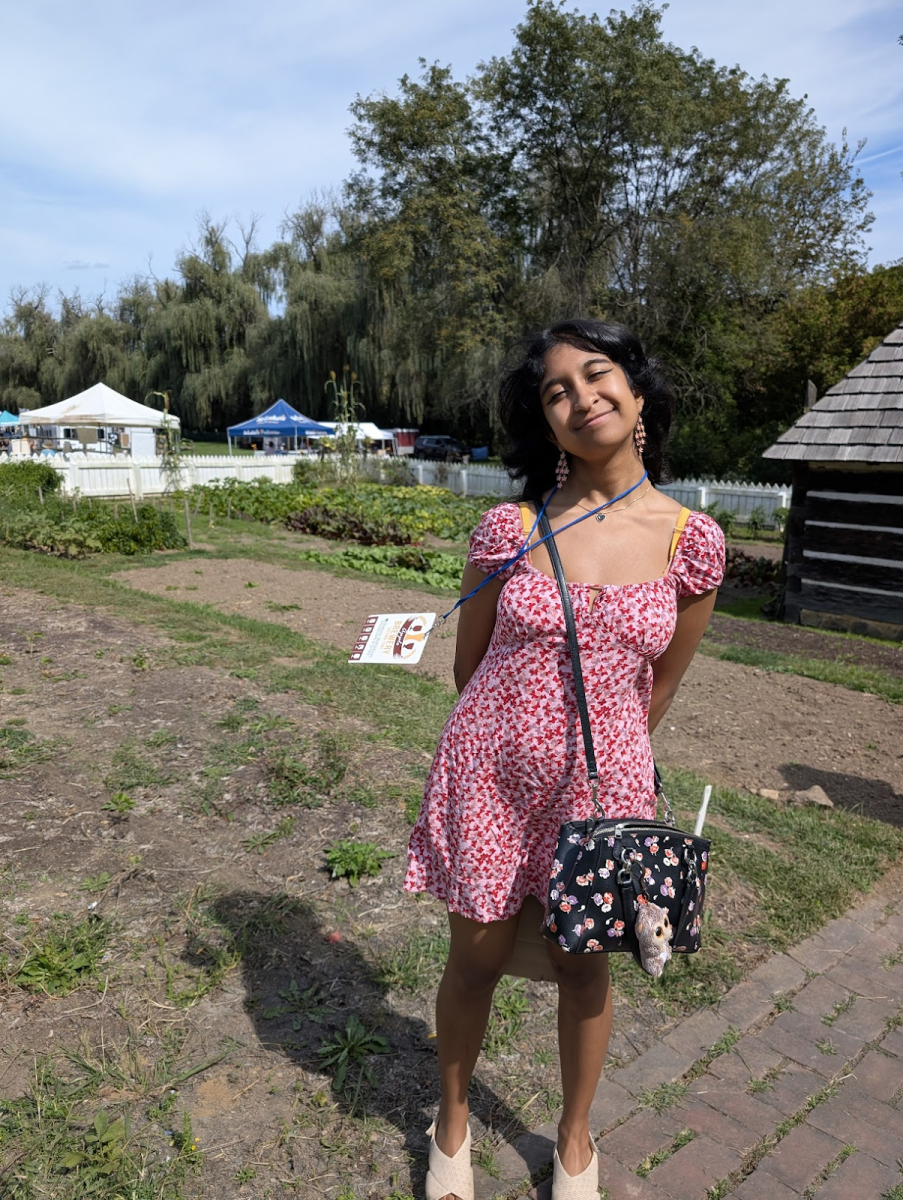
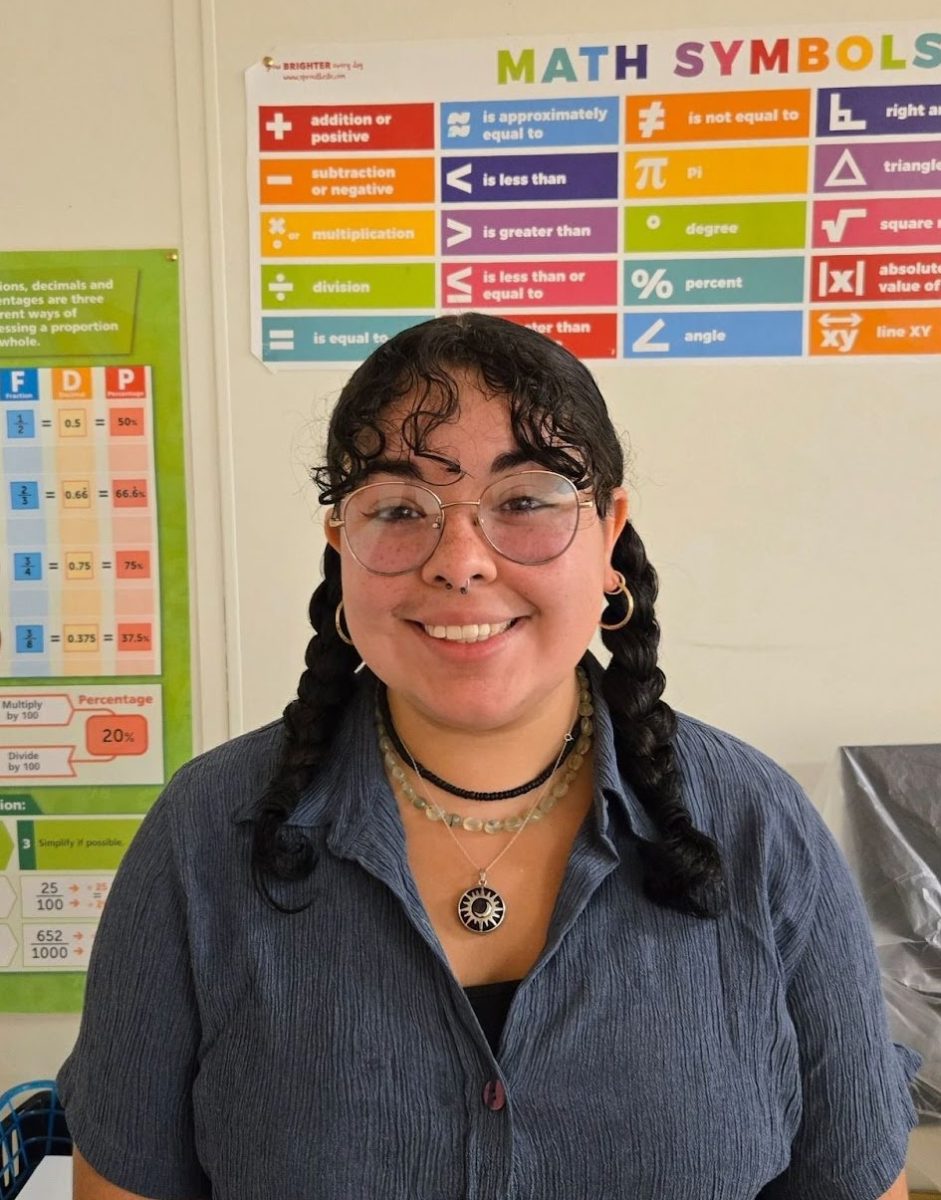



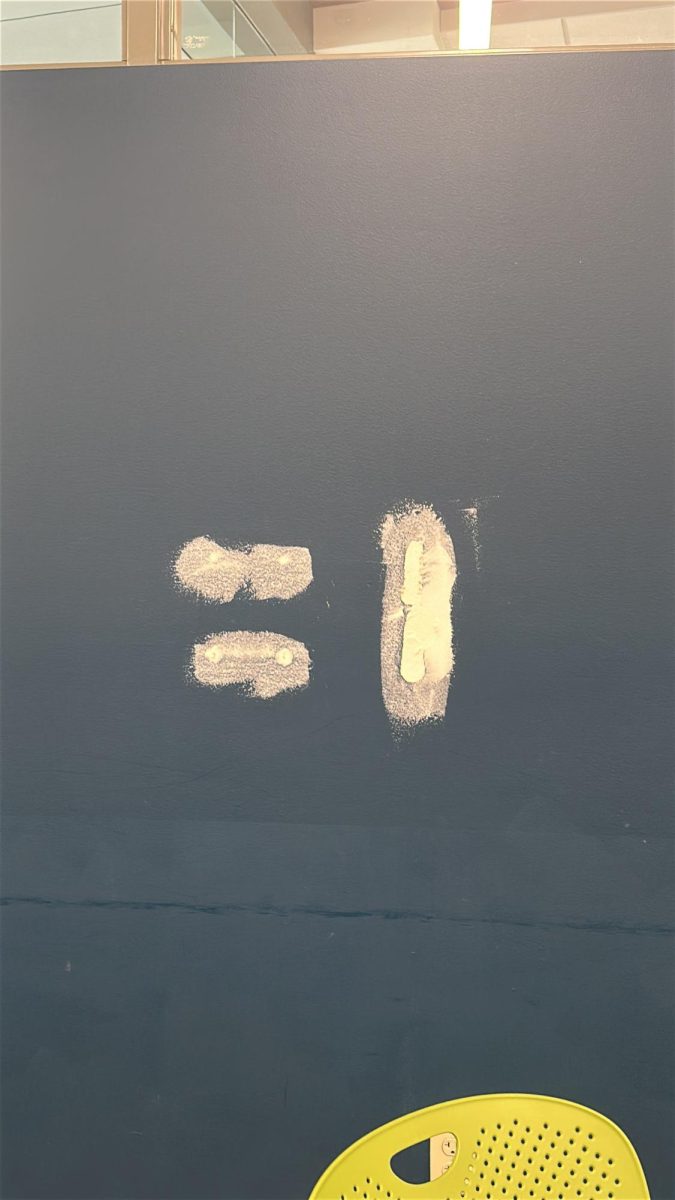

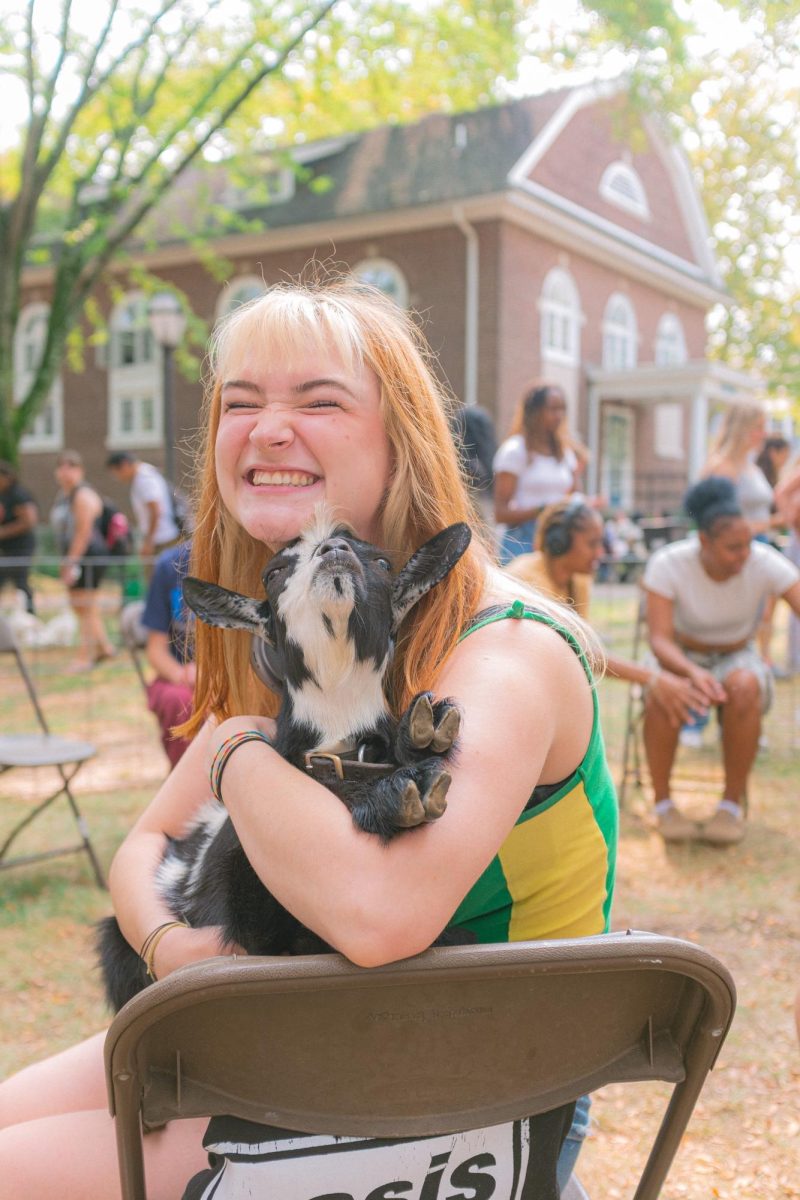
Gavin • Dec 13, 2023 at 1:28 am
Fantabulous article Liz, I loved the part in the Claremont with the drums
Elizabeth Ann • Dec 8, 2023 at 2:13 pm
I loved this article about Vespers and the history behind it. I remember being very moved at last year‘s Vespers service. The solo performance by the child from the 2nd floor balcony was particularly stirring. Your article provides not only insight about the solo performed by a child, but also many other facets of the backstory regarding the origins of Vespers and its evolution throughout the years. Well done!